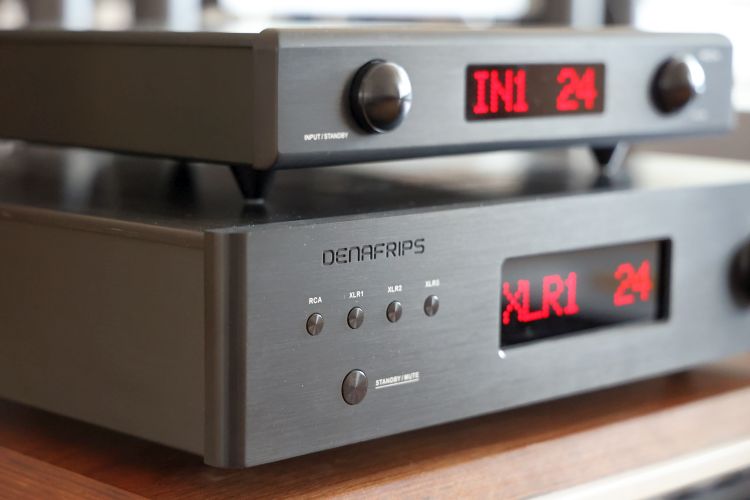
Athena
After swapping to the Athena, it is immediately clear that this model has all of the Hestia’s strong assets, and then some! This might seem only logical when you step up two models in a manufacturer’s range, but all too often, certain qualities are exchanged for others. Not here.
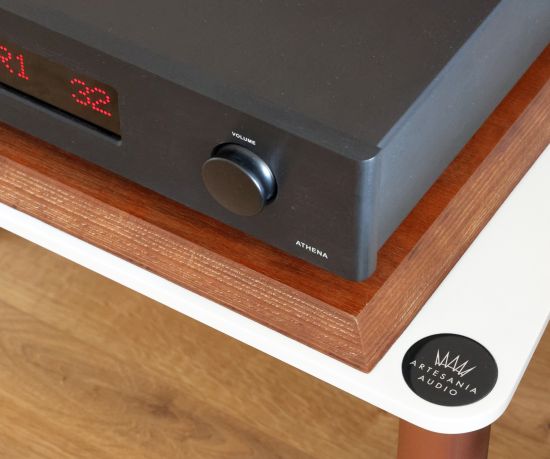
Like the Hestia, the Athena sounds robust, articulate, fast, utterly neutral, direct, expressive, and wide-open. Its timbre is just as natural, and so are its pacing, lyricism, and enthusiasm. In addition, and this is what easily validates the extra expenditure, it offers a significantly higher resolution, if not quite 4K yet, certainly well into full-HD territory.
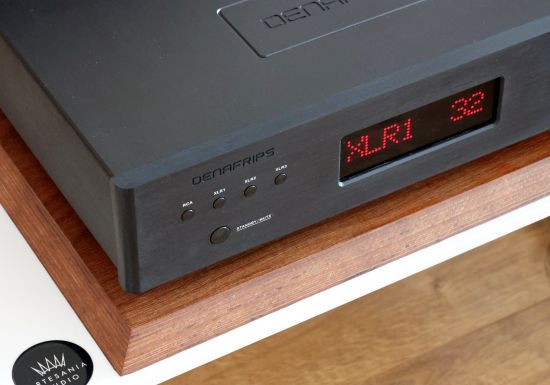
In an absolute sense, compared to my reference, as well as to the supremely refined and extremely high-res Denafrips Terminator II DAC, the Athena is still a little rough (or call it less fluid or less high-res) but it is significantly more refined than the Athena, so much so, that it is no longer an issue to worry about, certainly not in this price range. Also, as with the Hestia, the Athena compensates with its sheer enthusiasm.
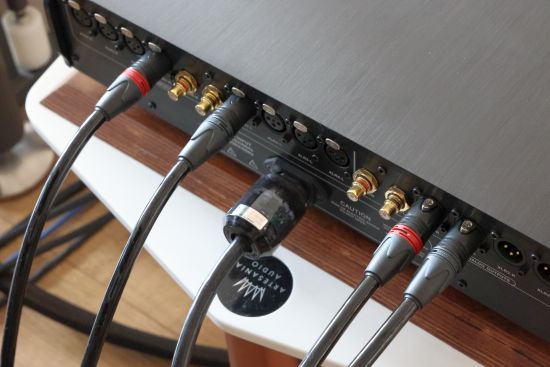
Denafrips DACs do not have built-in volume control and thus cannot be connected to a power amp directly and this is where the analog preamps come into the picture. From experience with plenty of other products, I know that an analog preamp can quite easily add fluidity and flow but all too often at the expense of bass precision or the overall level of expression. With the Athena, one needs not to worry about that even one bit. Its bass is one of its strongest assets and you can be sure that the Athena preamp will retain all of the DACs robustness and solidity.
Once again, I compared the XLR and RCA inputs and outputs, and once again, the difference was minimal. I had the impression that the Athena fared slightly better with XLR than RCA, more so than the Hestia, but the difference really is quite minimal. It was just enough for me to prefer the XLR inputs and outputs.
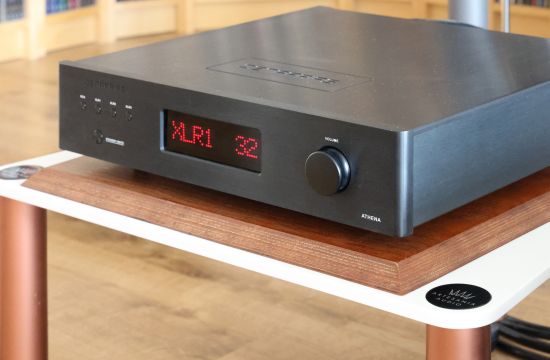
Like the Hestia, or any Denafrips product, the Athena preamp does not try to emulate tubes and I can only applaud it for that. In my opinion, it’s best to stick with a design and maximize its potential rather than trying to mimic a different technology’s qualities. More often than not, doing so results in obtaining the worst of both technologies, rather than the aspired best of both worlds. It seems that it’s only when you get to the ultra-high-end (with preamps such as those made by CH Precision, Aries Cerat, Spectral, Soulution, and others in the “eye-watering” price range) that tube- and transistor designs start delivering sound without their respective technologies’ typical downsides.
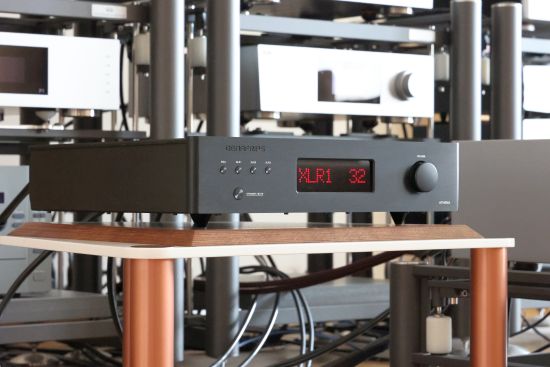
I realize that comparing these Denafrips preamplifiers with the CH L1 is relatively pointless. After all, when you are shopping in CH Precision price territory, you will probably not look at a Denafrips, and vice versa. Yes, the L1 sure is better, fortunately, or they would be in trouble! It offers a more fluid, refined, high-res, ethereal, and ultimately more complete and convincing performance. But an interesting extra takeaway from this comparison is that at its 10x higher price, I can’t honestly say that it also offers 10x better performance. So, how much better is it? Well, enough to shell out the extra cash for if you can afford it. For everyone else, the Athena leaves little to worry about. It will certainly be hard to find a better preamp in this price category.
The reason why I made the above comparison in the first place is that the L1 is my reference, and as such, everything else should be compared to it in order for me to know just where the product stands. But as it turned out, the Athena comes closer to the L1 than it has a right to at its very modest price. In fact, from memory, I had the strong feeling that it comes closer than the Audio-GD Master 1. This was my cue to reconnect this preamp.
Audio-GD Master 1
The Master 1 was the first truly great Chinese preamp that I heard as part of my review in 2019. At 1399 euros, I found that it put in a ridiculously good performance, and as a consequence, it became an HFA Favorite. In 2020, I got my first taste of Denafrips with the Venus DAC, and right away, this set the bar high for the brand. And when I reviewed the Terminator Plus in 2021 and found that it was one of the finest DACs that I had heard, the brand truly had me convinced. Up until that time I had not heard a Denafrips preamplifier but based on the excellence of their DACs, my gut feeling was that it would put up strong competition for the Master 1. So, let’s find out precisely how they compare!
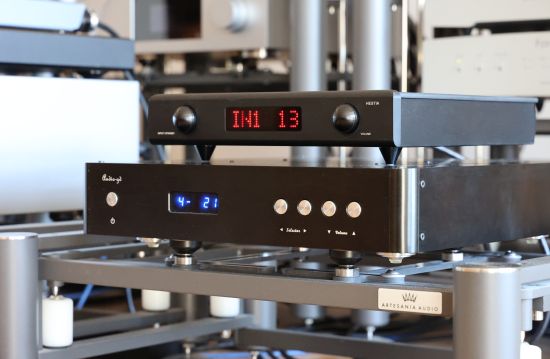
As I found during the initial comparisons, the Master 1 needs some time to come on song, about 2 hours. Prior to that, it sounds solid and sonorous, but compared to the very crisp Denafrips preamps, a little dark and somewhat diffuse and muffled. So, to be safe, I left it switched on overnight and resumed my comparisons the next day. It’s always a good idea to leave preamps and DACs always switched on.
Between the Hestia and the Master 1, I need to hand it to the latter for sounding richer, more fluid, and more highly resolving, as well as more mature overall. Interestingly, the Hestia is tighter and slightly spicier, but on balance, I find that the Master 1 sounds more fully developed.
Between the Athena and the Master 1, both preamps put in an impactful and even-handed performance and you could say the performance is more similar than different, but there are a few differences. That said, the Master 1 has bigger, fuller, and richer bass, but it’s less articulate. Like the Athena, the Master 1 is essentially neutral but its midrange is smoother and a touch richer. For this, it could be considered more organic if less transparent. Like the Hestia, the Athena is purer and more direct, and this makes for a very open and communicative midrange whilst that of the Master 1 is a little bit more relaxed and sweet.
At first, I had a hard time deciding which of the two I preferred. The resolution and focus are very similar between the two, as is the soundstaging size, in width at least. In terms of soundstage depth, I feel that the Master 1 perhaps reaches a little more deeply but it could also be a psycho-acoustic effect due to its less crispy and slightly more overall laidback delivery. The Master 1’s richer sound can be soothing and more forgiving, but the Athena’s more articulate and incisive delivery unveils more of what’s going on in the source. Especially with recordings that are inherently a little muddy, the Athena has a knack for still presenting all the details in an upbeat and expressive manner.
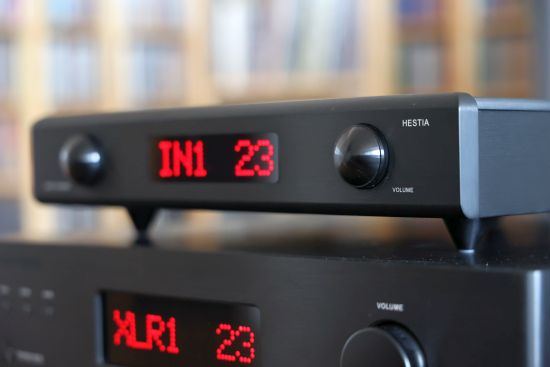
So, between the Master 1 and the Athena, does it come down to “pleasing” versus “analytical”? Well, although some might find the Athena to be a little clean indeed, I feel that it is never clean or revealing to the point of being clinical. The preamp’s well-balanced delivery and very natural timbre prevent that from happening. I can see how the Master 1 might appeal to people who prefer some more warmth or smoothness. But the Athena is more articulate and expressive, as well as a little bit more revealing, and for me, that positions it on a higher audiophile level.
Conclusion
I am a big fan of avoiding potentiometers for volume control. One of the best alternatives is to use an array of discrete resistors, controlled via relays. As it so happens, both Denafrips preamps offer precisely this!
Both the Hestia and Athena put in a performance that frankly does not match their respective price tags. They both perform in an utterly neutral, highly linear, timbrally correct, expressive, and dynamic manner, and they do so consistently with both RCA/XLR inputs and outputs. Additionally, they are a joy to operate while their large (dimmable-) LED displays are a blessing for the near-sighted (like me!).
The Hestia can’t be faulted in its price category. If the budget does not stretch beyond, say, 1500 euros, then look no further. The Athena further ups the sound quality and performs so well that I can recommend it unconditionally, even if the budget stretches considerably further.

External Links
Manufacturer: Denafrips
Available from: Vinshine Audio
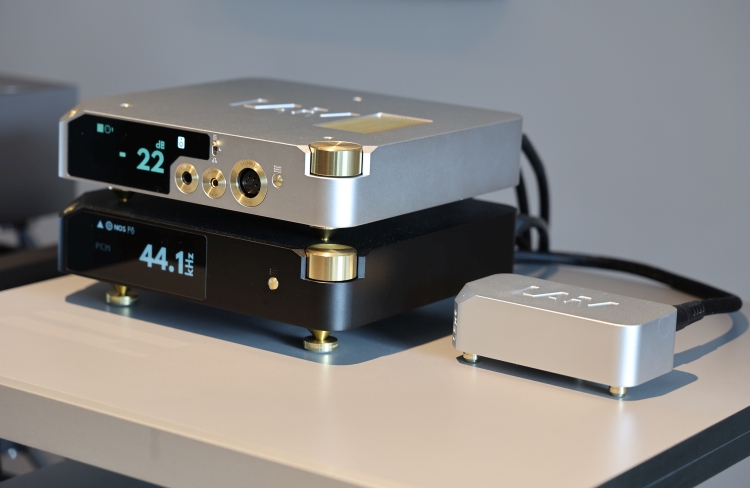
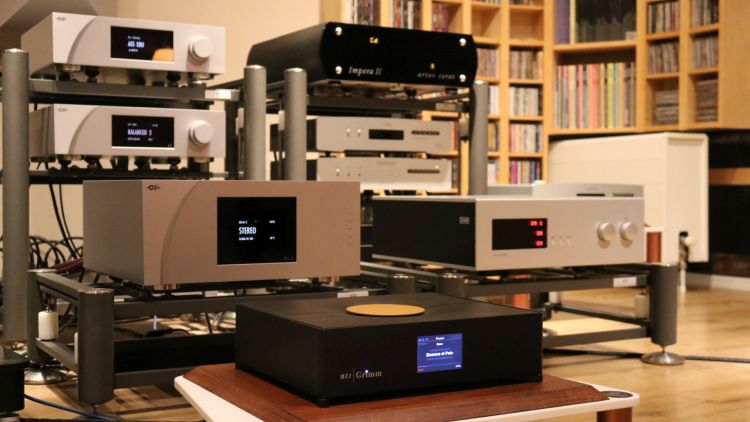
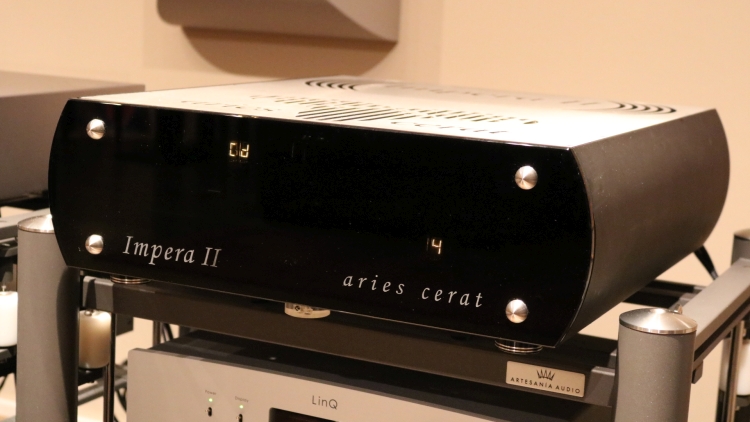
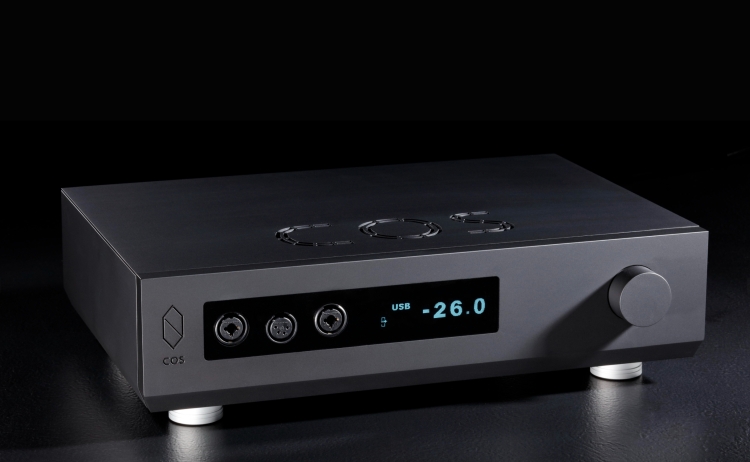
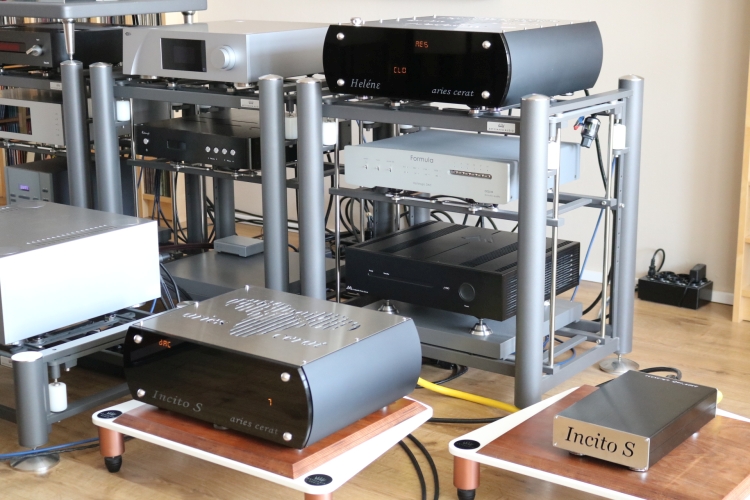
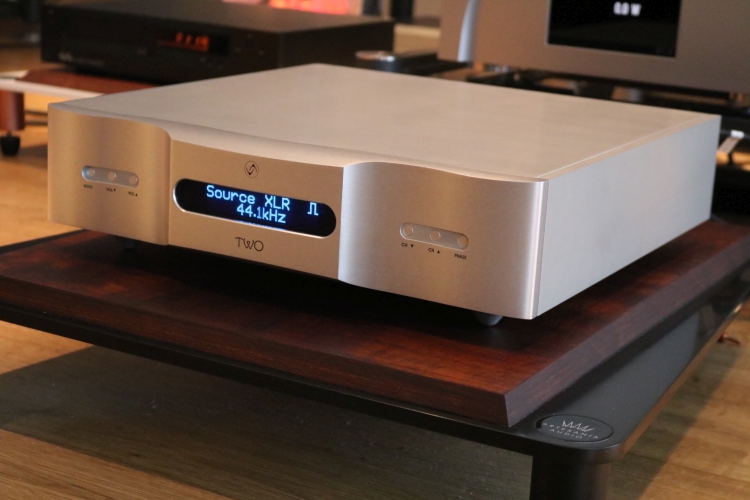
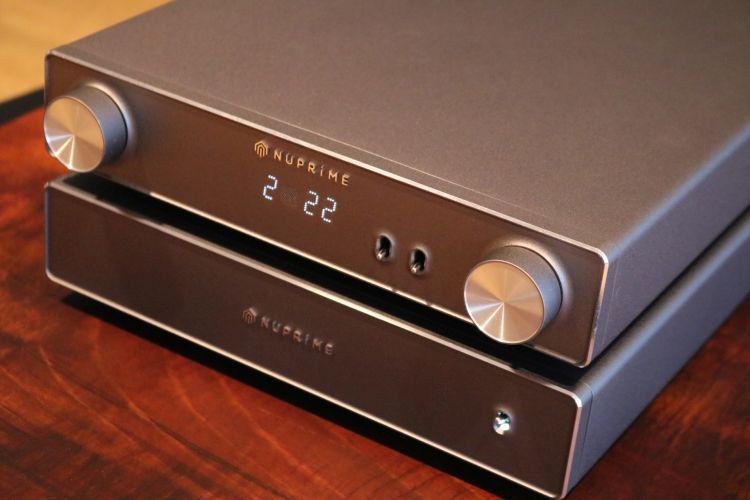
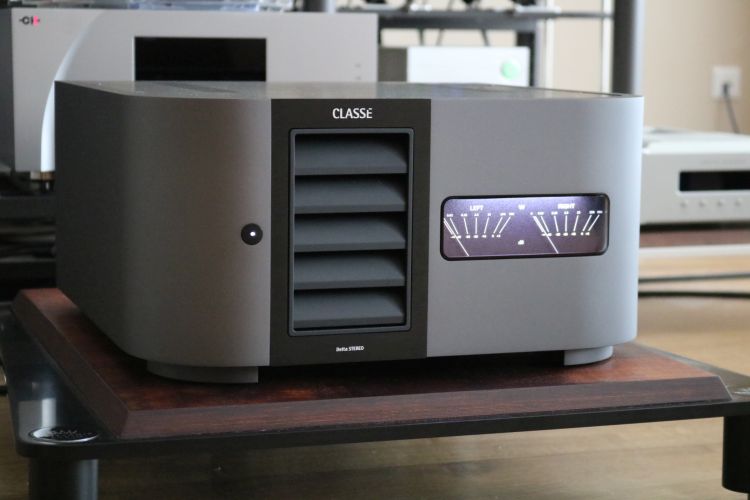
Good review and I appreciate the way you choose your wording Christiaan: spot on (and I can tell because more than once I purchased devices based on your reviews, and almost always your descriptions match my findings)! It would be interesting to have the Audio-GD HE1 Mk2 in comparison with the Athena – both in the same price range and top of the line preamps.
Thanks for the feedback, Vincent! Indeed, the AGD HE1 Mk2 would make for a nice comparison, but I don’t know if that will materialize. What I do know is what the local distributor told me, which is that the HE1 (he was probably referring to the initial model) sounds smoother and richer, as well as more mellow and relaxed than the Master 1.
So this means that class A is absolutely unnecessary here as well the two transformers. After there is nothing to be amplified and requires high currents what do they stand for?
Is it fair to say that Denafrips sound character is closer to Kinki Studio than Audio GD?
That’s hard to assess without having the devices at hand and the Kinki review is a long time ago. Also, Kinki products vary in their sonic presentation (the monos are smooth and relaxed while the integrated that I reviewed is speedy and hugely expressive) so I can only speak of the components that I reviewed. And do note that I haven’t yet reviewed a Denafrips power amp.
But from memory, I would say that the Kinki EX M-1 integrated amp’s robust and expressive but also rough sound does not relate to how I perceive Denafrips or AGD. From the Venus DAC and up, Denafrips offer reference-class resolution and refinement, which I don’t think the aforementioned Jay’s and Kinki models match. And while the AGD power amps that I heard do not quite stretch to the level of Denafrips, they are more refined and that also goes for the Master 1 preamp.
Hope that helps…
Hi Christiaan,
Great review as usual, always a fan of your logical comparisons.
Went to Audio-GD site, what is considered the replacement to the Master 1 over there?
-marc
Hi Marc, Glad to hear you like the review. There was talk of discontinuing the product before but I forgot about it. With the Master 1 now indeed discontinued, looking at the current portfolio, the HE-1 LE looks to be its natural successor.
Thanks Christiaan,
You are correct, the Master 9 is the replacement, confirmed it when I read their writeup on it and noticed they hadn’t changed the name of the unit from the master 1 to 9. We’ll, at least you know you aren’t paying for fancy marketing. However it doesn’t help when trying to understand their product lineup. I counted 16 different preamp models alone, 9 of those basically dedicated to just preamp functions. Kinda impossible to determine which route to go, lol.
Marc
Thanks for confirming, Marc. I agree that the AGD lineup is a bit much and can be confusing. Not so with the Denafrips preamps: just the entry-level model, the mid-model, and the top-tier model:-)
Hello Christiaan,
thanks a lot for another nice review. Do you also consider to review the matching Denafrips amps Hyperion and Apollo. Especially the Apollo is very interesting for the price/power ratio. The Apollo could be something special regarding the common quality of Denafrips.
I also thought the Denafrips power amplifiers would be interesting so I requested a pre-power combo but the distributor preferred me reviewing the two preamps. Not sure if the power amp review could still materialize.
Athena sounds like a no brainer at €2190 brand new and with full warranty but I’m really not a fan of the capacitor banks, I know why they’ve done it but it doesn’t bode well for longevity, as one happens to replace DAC’s much more often than analog gear…
I’d love to see a comparison of the Athena versus an older but more ‘hi end’ preamp in roughly the same price range (used) like the ML No.380S or the Krell KRC3 / KRC-HR or maybe even a tubed ARC LS17(SE) or Conrad Johnson.
M Jab,
That’s exactly what I thought and mentioned to Christiaan. With so many capacitors in the design of any of this equipment, how can they not fail. It’s simple math. These capacitors have predictable failure rates by volume, the more you have, the higher the failure rate goes up. Scary if you are paying $8k for a terminator, though still a little scary at 2k.
Christiaan,
Speaking of Audio-GD, are you going to review one of their upper end DACs anytime soon? I say one of their upper end DACs as I have no idea which one is “better” other than price differences. It’s been impossible to gauge where their performance lie in the world of DACs, as there is so little out there comparing them to “competition”. That, and what I said above…they have so many models, all with basically the same descriptions and seemingly meaningless model numbers, you have no idea where to begin and what to think.
If it wasn’t for your review of their Master 1 preamp, I would have written them off long ago simply from frustration.
Hi Marc, I can understand your frustration. Alas, a new AGD review is not currently planned.
thanks for the insightful review. I’ve been thinking about buying Hades or Hestia for some time now. I don’t know what to choose. I have a Hermes and Pontus II and 2 monoblocks of Dutch make Class D hypex. After your review, I don’t see what else the Hades could bring to make a difference. Maybe someone here has that experience? Greetings Jakob ( Netherlands)
Good review, only entirely false. Why? Because these devices are not preamplifiers. There are merely input selectors with relay based attenuators that switch different value resistors in order only to reduce the input signal. There is no amplification here at all. At their maximum volume they only output the source signal intact and unaltered. So the only difference in their sound at volume levels below maximum depends on the quality of the resistor, but it is so insignificant that only precise measuring equipment is able to detect it. Not human ear, neither bat’s one. Sorry, but this article is just another hifi hype.
Actually, all Denafrips Preamps are active. To be exact, they are Unity Gain (0dB), True Balanced, Discrete Class A Buffered. The best evidence for this would the presence of that huge power supply. This would be of no benefit to passive designs that could suffice with anything that can drive a small logic board and a batch of relays.
I use the Denafrips as a preamp. I connect several devices to it and control the volume with it. Whatever you want to call it, it’s still a Denafrips to me.
Do you have a turntable connected to this “preamp”? If yes – would you be so kind to share here how does it sound, and if no – tell me why? You may have whatever you want, call it however you want and enjoy it endlessly, but i still say – this is not a preamplifier.
Hi. I had to sell my beloved Clearaudio 2 years ago because of arthritis in my hands. Because operation is now really an issue, I mainly use a streamer and a CD player, although the latter is also becoming increasingly difficult. These 2 devices go through a Dac to the Hestia. A tuner is also connected to the Hestia.
Ok, i think it is good enough for digital sources.
All the best with your arthritis Jakob! Luckily your ears still work fine.
Thanks Vincent !
To Mr. Punter
Exactly the presence of two relatively large transformers and array of condensers that feed or smooth nothing but a bunch of relays proves that this is a very successful marketing trick. As well are and all the other unavoidable high-end features like excessive weight, thick aluminium panels, class A statement etc….By the way class A is a transistor or a tube operational principle (mode), so what are talking about after there is not a single transistor or a tube in this device. If it was a real preamplifier you should be able to connect a turntable to it, shouldn’t you. I don’t say that this is a bad component, on the contrary – build quality is excellent, but this doesn’t mean it sounds different than the cheaper models or that its designation corresponds correctly to the classification. The hifi market is crowded of hundreds chinese manufacturers who produce thousands of models varying from total scrap to real state of art and the only way to stand out through that flood is to make such a little marketing tricks. Chinese are good merchants and they know that it is worth investing approximately 200 dollars in two unnecessary transformers and some capacitors when this will sell their stuff at 2000 and make their brand noticeable.
A preamp does not automatically support a phono stage.
Correct, but there is no phono stage without a preamplifier. 😉
Transistors need no longer come in the familiar tripod shape but are now SMD and mounted flat on the PCB. A phono stage is a pre-pre, a preamp that primes and EQ’s a very low signal to be used by a successive line stage preamp. The Denafrips preamps are line stage preamps. They are most definitely active, something that I have verified with the manufacturer and it is also something that you can hear versus listening to passive volume control devices. Lastly, if you’d measure the Denafrips preamp’s output, you will likely find further evidence that they are active by the output impedance being very low, independently of the volume setting.
If there are any transistors here they work only as a switches and definitely not in a class A. Otherwise they would have melted the entire PCB. 😁😁😁
The amount of heat depends on the amount of current that flows through the transistor. With low currents as in a line stage, this can easily be dissipated internally. Voltage regulators can run significantly hotter than Class-A SMD transistors or opamps but even these can be applied in SMD form, usually without melting the PCB.
In class A the heat generated is equal with or without load.
Yes, a transistor in Class-A mode outputs more or less half its power and then varies up and down according to the source signal. This means that its heat output is more or less stable. But that does not mean that every Class-A device outputs the same amount of heat. A line stage output simply is not the same as a power amplifier output stage.
So this means that class A is absolutely unnecessary here as well the two transformers. After there is nothing to be amplified and requires high currents what do they stand for?
(extra info added for enhanced clarity) You draw incorrect conclusions. Class-A has the benefit of having no crossover distortion. This is independent of the power or current that is needed or delivered. That a preamp is unity gain does not mean there’s nothing to amplify. It merely means that there is no *extra* gain added. With an active line stage, usually, after the input, which can be either passive or buffered, the signal is attenuated (to a variable level by the volume control), and then it is buffered and amplified again by the output stage. Of course, there are many variations on this but the common factor for active line stages is that the signal is amplified at some point, usually after the volume control.
This simply is not true. It contradicts either the circuitry of this unit or your previous messages.
Per, I don’t remember asking your opinion. And concerning regrets – yes, it is very sad that you lack manners.
BATMAN you are barking up the wrong tree here. Please study some basic electronic design before you say something you will regret. Let Christiaan spend his time on better topics.
Thanks Per. I added more info to my post below to further clarify and remove any potential ambiguity and think that should conclude this topic.
Per,I don’t remember asking your opinion. And concerning regrets – yes, it is very sad that you lack manners.
Hey Christiaan I’ve Mano ultra 2 latest /holo may dac / audio gd master1 / atc active 50 towers
So I bought master 1 800£ ish and now have the opportunity to get Athena at £1350
I may be able to sell master 1 800£ so that would be a fork out of 550£ Is this worth it
Considering the Mano out hdmi into audio gd hdmi supposed to be best possible route if I had the Athena best route would be xlr which the Mano also has 🫣🤣🤷♂️
This is a very personal decision, as the two preamps sound quite different, it depends on what kind of sound you are looking for.
Christiaan, you once again have provided a marvelous review which I find logical in its development and enjoyable in presentation. I find this discussion interesting as well, as I have always thought that the essence of an active preamp was in its ability to drive the signal above unity gain, and in so doing allows for the possibility of enhanced sound qualities In this example, you are describing it as active preamp for an entirely different reason. Since it ostensibly has an active buffering stage, which I suppose is intended to drop the output impedance, it is therefore active, correct? I suppose I do not mind that definition so much as long as the active buffering imparts some positive attribute (audible sound quality) beyond the benefits inherent to lower output impedance. Do you think it does? I personally enjoy the sound of an active preamp with about 10 dB of gain over that of a truly passive preamp. Why do you think they put in all of those power supply parts only to give it an active buffer stage and not the ability to provide gain? Doesn’t it seem like wasted opportunity? If any of the above is incorrect is theory or wording, please correct me as I have much to learn. Thank you.
Hi Christopher, Let me add that an active preamp not only lowers the output impedance and potentially increases the gain, it also allows for a constant input- and output impedance. Ultimately, there’s much more to it than that, though. But I lack the time to dive any deeper into this topic. If you want to know more about the matter, and my opinions on it, please read my Analog Preamps in a Digital World review. It will explain in great detail what are the advantages of analog preamplifiers.
in addition
Hi Christiaan, firstly thanks a lot to many of your reviews. Your approach and especially comparisons give very high reference values to me as I don’t have much chance and budget to auditioning for purchase and switching gears. Now a question in hope for your advice. I am considering to add a preamp (e.g. Denafrips Athena, Primaluna Evo Pre300) to an integrated amp Luxman L509X (as power amp). Does it make any sense? Any concern on gain matching to beware of? TIA.
That is a tough one. Often, integrated amplifiers are at an advantage pound for pound. But sometimes, an external preamp can offer precisely that which you needed in your system and it can make the sound subjectively better. But if the external preamp is good enough, it can actually bring the combined sound to a new level. Just how any of the mentioned preamps compare to the Luxman’s built in section, I do not know.
Thanks for your quick reply !